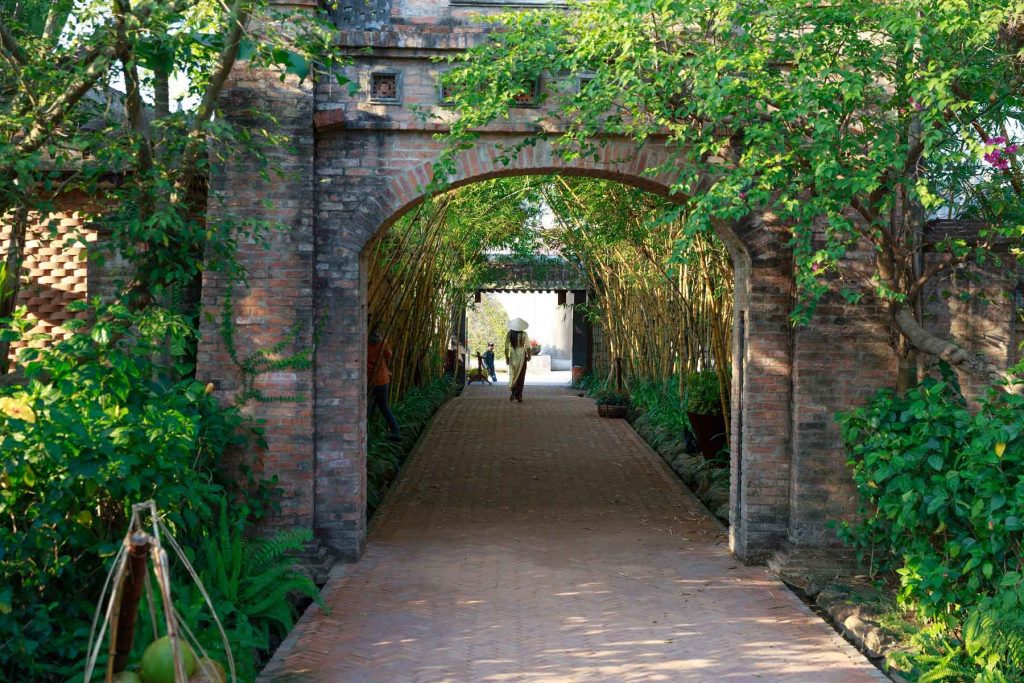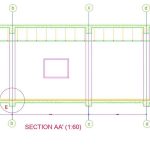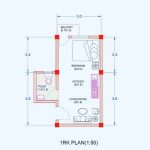Green Architecture
Green Architecture is the sub-topic of architecture that concerns itself primarily with the topics of sustainability, resourcefulness concerning environment conservation, and a general concern of the environment as a whole.

In the previous article that talked about the subject of architecture in general, it was mentioned that building comprises, or rather in an illicit manner, contributes above 40% of the annual carbon emission all over the world. Thus, as a result, architecture is now being led to be practiced such as being green and resourceful concerning sustainability. Buildings are now encouraged to be designed in a manner to reduce the total carbon emission or the carbon footprint by a very considerable amount. This system is also now encouraged to be followed while doing urban planning and design to achieve the least urban heat islands as well as reduced carbon emission factors from a cluster of buildings.

One of the highest and most turning trends in the fields of green architecture is the change in the use of conventional materials used for construction and replacing them with new and more sustainable substitutes and materials that contain a lesser pollution factor during production. A large number of everyday-use materials for construction contribute to environmental degradation in one way or the other. The newer alternate materials undertaken for the cause and the research done in that respective field are mainly about venturing into materials that are mainly by-products and end up being secondary uses when used as such. Other important things to note in this field are the advancement in technology that aids in reduced power consumption in individual units and structures or the technologies that make a structure self-sustainable thus eventually achieving the aforementioned goals through the help of technological advancements as well.






